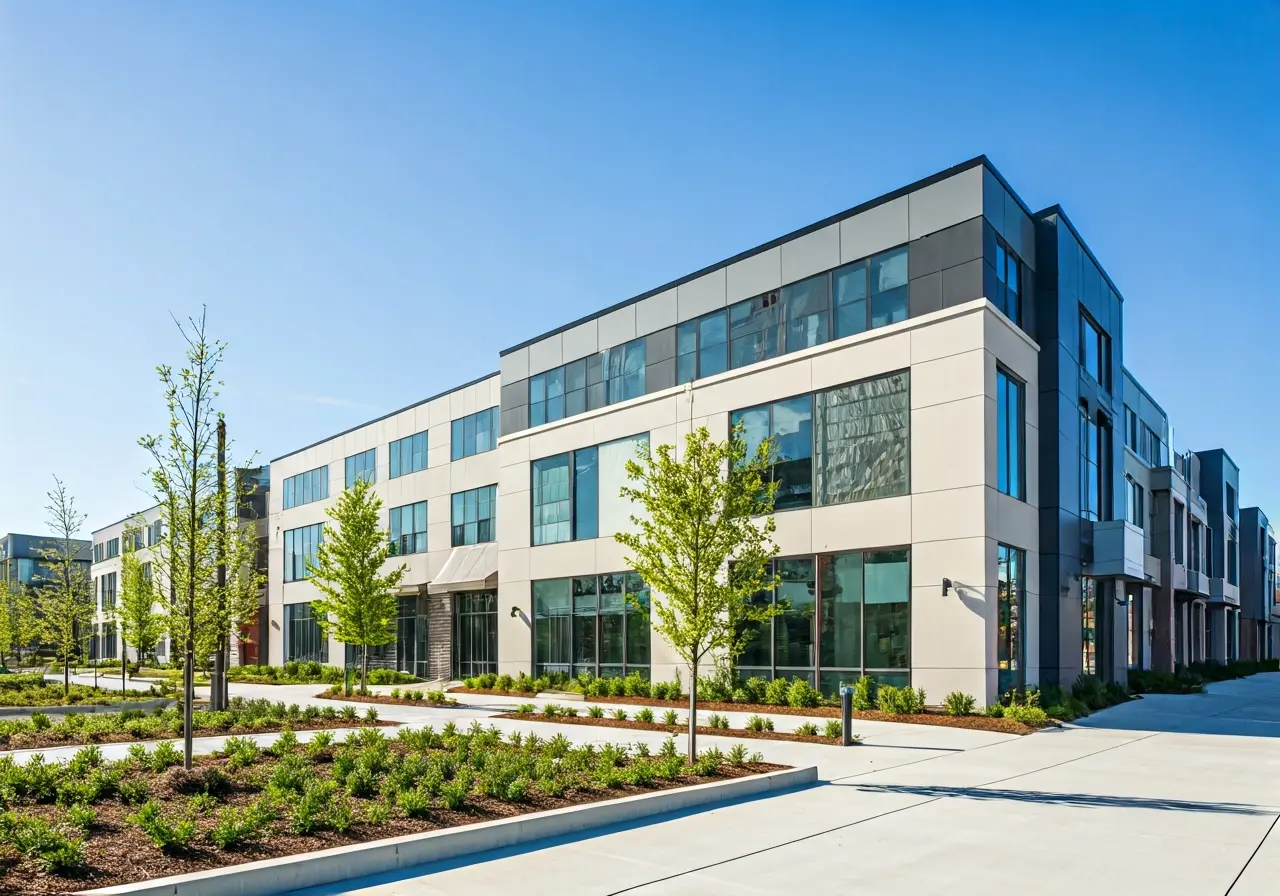Though small and silent, quiet rooms can raise an apartment community’s profile while boosting its multi-use advantage.
In a marketing world of constant striving for bigger and better engagement, ‘quiet down’ isn’t a thing, but in the apartment sector quiet up just might be. Quiet rooms, spaces that can be isolated from larger multi-purpose or community rooms, could be the newest must-have for multifamily owners and operators looking to boost a community’s amenity profile and ultimately fuel sales.
Quiet rooms are designed for small meetings, work requiring calm and concentration, video or conference calls, student tutoring, playing board games and hosting private luncheons and dinners, even wine tastings, reports Cooperator News. They also provide an alternative from one’s residential unit or community density.
Design of the Times
Near, adjacent to or a part of a larger multi-purpose space, quiet rooms should be separated from the bigger area with walls and a movable door. Sliding doors allow the space to be added to the greater communal room as needed, and glass ones allow residents to see if someone is in there, according to design firm principal Marilyn Sygrove, adding that a large flat-screen TV, a round table and chairs for work/study and gatherings are popular furniture components for quiet rooms.
There’s value in variety, of course, but for apartment communities looking to separate themselves through their amenities offerings it’s also about maximizing space, including reviving dead space, and complementary design. Future-proofing is difficult; incorporating multi-use spaces is a good hedge.
With the goal of carving out more work-from-home locations, Greystar redesigned a fitness center in San Diego to add three “Zoom rooms”: one a quiet room accommodating two people, a small room that can be used for video calls and another like the second, only larger. “Being able to pivot is important. You can’t set a design three years ago and not be able to move as the market moves,” Raul Tamez, Greystar’s senior director of development, told the National Apartment Association.
Some Restrictions May Apply
Like any shared apartment amenity, there must be rules. Just as Bob can’t have a raging pool party at all hours of the night and Becky can’t take over half of the clubhouse with her cosmetics business, the quiet room must come with its own checks and balances and regulations to serve the interests of the whole community. Obviously, scheduling through an efficient reservation system is key with a shared resource.
CN brings up another possible point of contention: should quiet rooms be child-free zones? While scheduling is important no matter what, Sygrove recommends an adult supervision requirement as a happy medium. That way, children can enjoy the space provided it’s an overseen activity such as tutoring or a family board game night.
With the post-COVID getaway mindset from crowds to the outdoors, suburbs or merely one’s home office, quiet rooms just make sense. Heeding the pandemic lessons, apartment owners and operators can come up big by accommodating for smaller groups.
“’Quiet please’ isn’t just a request you hear at the library or movies, it’s a reflection of a fresh personal need in the multifamily sphere, a new meaning to being a part of an apartment community,” said Michael Rivera, infinitee’s creative director. “From quiet rooms to your next amenity play, we’re ready to help your company make some marketing noise.”

.jpg)
